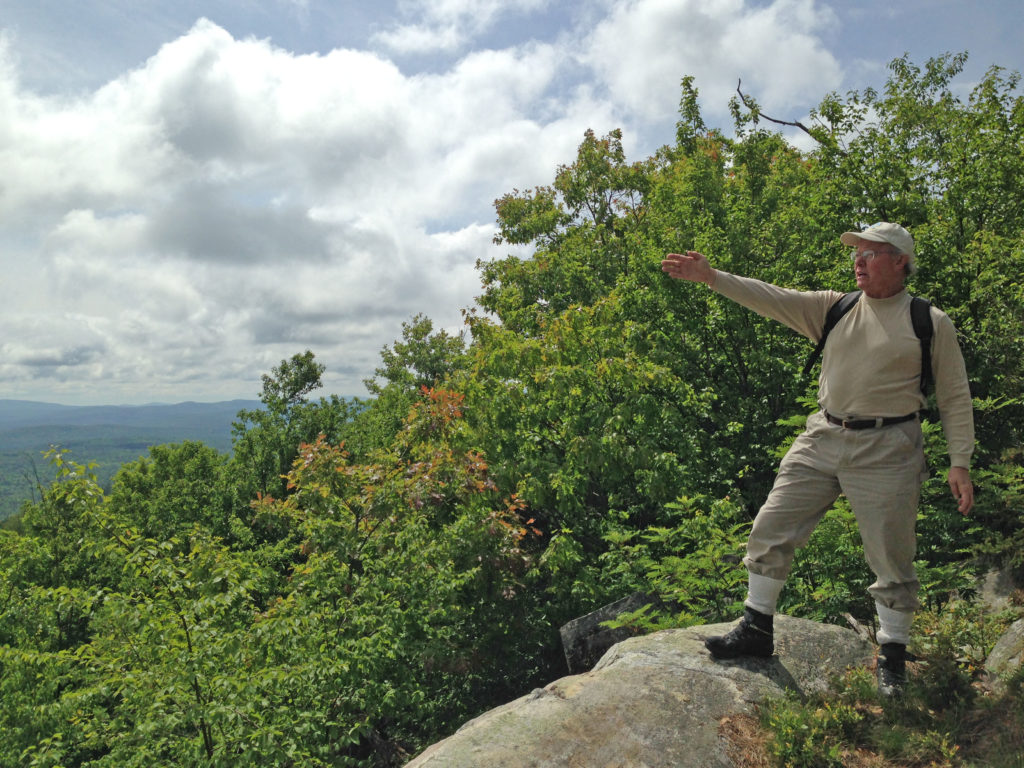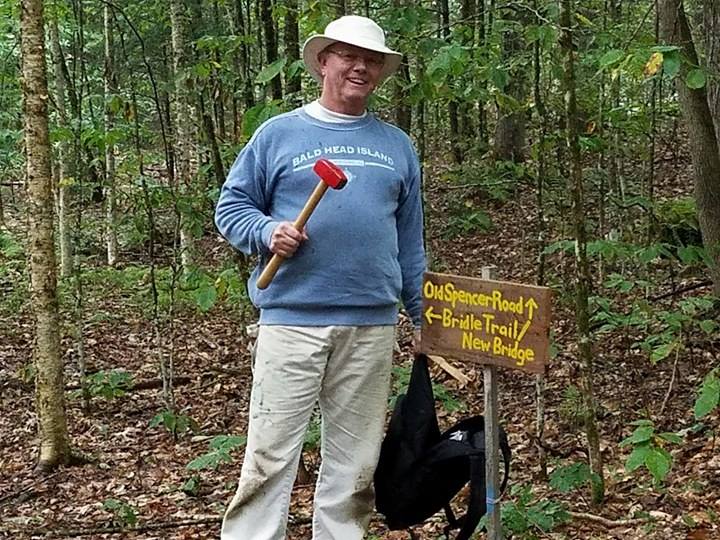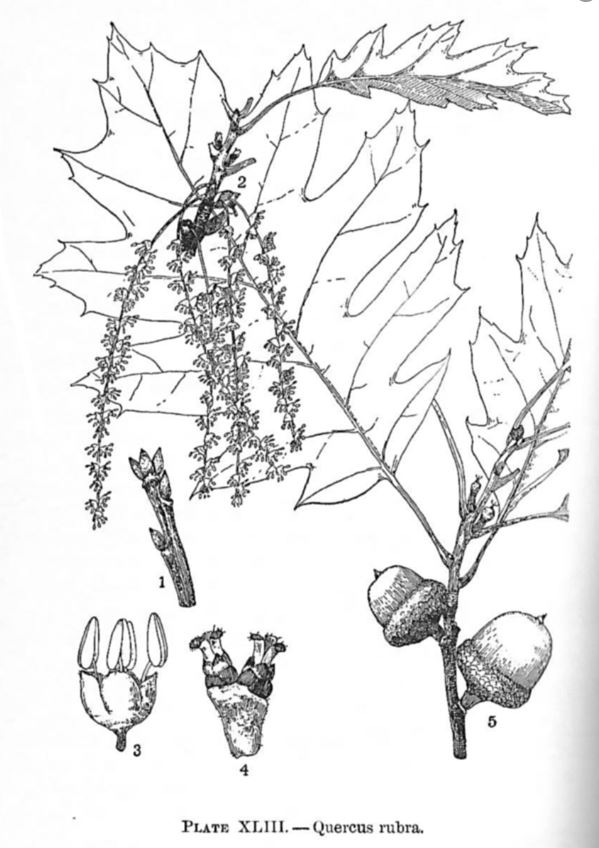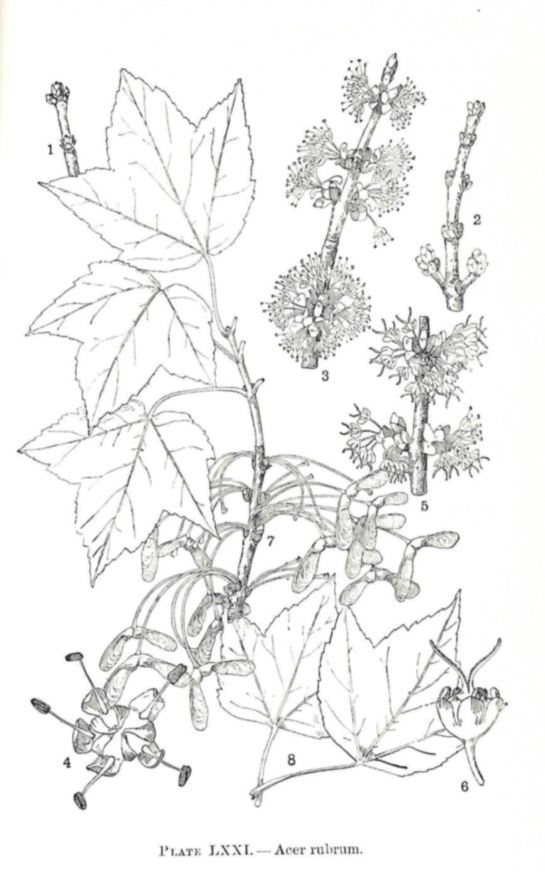Hanover Conservancy events are free and open to the public. All are welcome!
We ask that you please leave your dogs at home.
Volunteer workday at Balch Hill
Volunteer Work Day on Moose Mountain
We hope you’ll join us on Friday, November 24th for a post-holiday workday on Moose Mountain. Come out to the site of our newest land conservation project, the former Kendall Farm on Three Mile Road. We’ll be working together to help clean up an old farm dump, improving the environmental quality of this incredible property. No hazardous waste present. Wear work clothes appropriate for the weather, and bring your own gloves if you’d like (we’ll have gloves and tools available on site).
After our clean up, there will be time to explore this special place, and learn more about our conservation plans for the property.
For more information, email Barry at bmatthews@hanoverconservancy.org.
New Board Emeritus
The Conservancy is proud to announce that Hugh Mellert has been named as an Emeritus Member of its Board of Directors. Hugh served on the Board from 1998-2018. An energetic and dedicated community volunteer, Hugh leads outdoor trips, advises on stewardship of our natural areas, and, most recently, stepped up to lead the complex effort to replace the trail bridge at the Mink Brook Nature Preserve. Many have participated in his annual winter moonlight snowshoe tour at Slade Brook, and enjoyed a trail Hugh has helped manage or crossed a bridge he built. He is a valued voice on our Community Engagement, Lands, and Land Stewardship Committees. Hugh is also vice-chair of the Hanover Conservation Commission and chair of its Trails Committee.
Plant a Tree for Earth Day
Trees give us many gifts – clean air and water, places to recreate, wildlife habitat…and carbon storage. Restoring trees to the landscape is the single best low-tech, low-cost pathway for storing more carbon on the land. A forest can store an average of 2-3 tons/acre of C02 each year. With just a will and a spade, we can get started pulling carbon from the air right now.
A NATURAL CARBON SINK – To prevent the most dangerous impacts of climate change, greenhouse gas emissions must reach net zero by 2050. Capturing carbon from the air naturally – by putting trees to work – can provide significant cumulative carbon removal through 2050 and beyond.
When choosing a tree for your home landscape, consider this:
- Fast growing trees store the most carbon during their first decades.
- Long-lived trees can keep carbon stored for generations without releasing it in decomposition.
- Native trees will thrive in these soils and best support local wildlife.
- Low-maintenance, disease-resistant species will do better without greenhouse-gas-producing fertilizers and equipment.
We suggest Northern Red Oak — Acorns attract wildlife and the leaves develop a brick-red fall color. Red oak is fast growing, easy to transplant, and tolerant of urban conditions (including dry and acidic soil and air pollution). Best growth is in full sun and well drained, slightly acidic, sandy loam. Northern red oak often reaches 60-90’ and occasionally 150’. Trees may live up to 500 years.
A colorful alternative for damp soils is Red Maple — the most abundant native tree in eastern North America. Known for its early brilliant fall foliage and red flowers, it is usually found in moist woodlands and wet swamps in sun or part shade. A medium-sized, fast-growing tree (2-5’/yr), its seeds and buds are eaten by birds and mammals, but it is not preferred by deer.
CHaD HERO Hike this Sunday
Hikers and hunters, please note that the woods will be busier than normal this Sunday, October 14th.
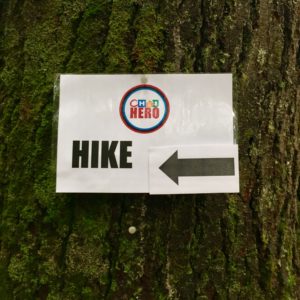
Both the 5- and 7-mile hiking routes for the Children’s Hospital at Dartmouth (CHaD) HERO event wind their way through the Mink Brook Nature Preserve. Volunteers will be directing HERO hikers at major junctions from approximately 10-2.




